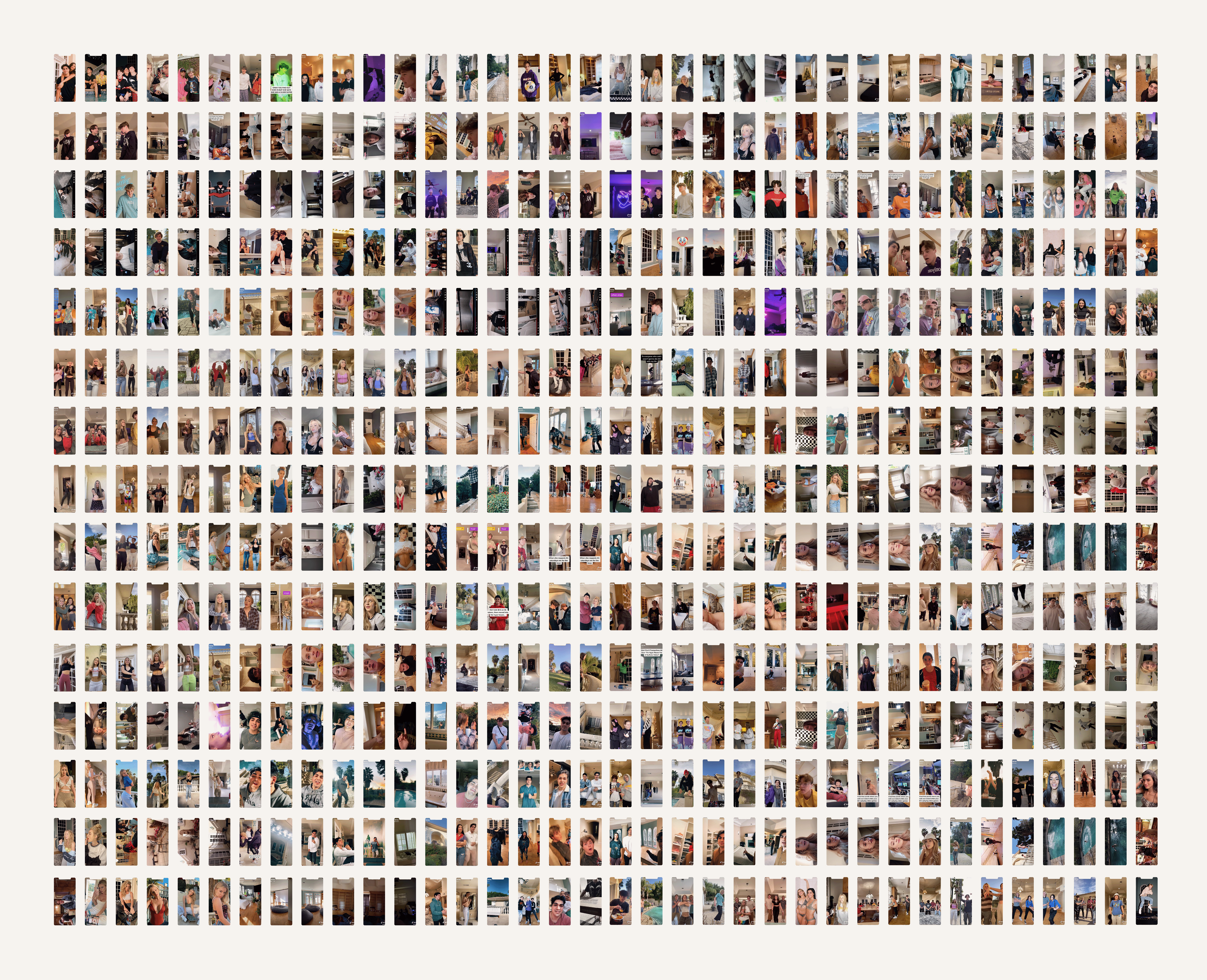Wendy Hui Kyong Chun, Updating to Remain the Same: Habitual New Media (Cambridge, MA: MIT Press, 2017), 1–23.
Taylor Lorenz, “Hype Hose and the Los Angeles TikTok Mansion Gold Rush,” The New York Times, 2020, ➝.
Dena Yago, “Content Industrial Complex,” e-flux (March 2018), ➝.
Rob Horning, “Presentness is disgrace,” Tiny Letter, September 25, 2020, ➝.
Ryan Scavnicky, “Mutant Authorship. Agency, Capitalism and Memes,” Archinect, September 11, 2018, ➝.
Willa Köerner, Software for Artists: Building Better Realities (Brooklyn, NY: Pioneer Works Press, 2020).
Anne Friedberg, The Virtual Window (Cambridge, MA: MIT Press, 2017).
Susan Satterfield, “Performances of Spatial Labor,” Journal of Architectural Education 73, no. 2 (2019): 230–239.
Rob Horning, “Games of Truth,” The New Inquiry (2013), ➝.
Yago, ➝.
David Wallace, “Walter Benjamin’s Unfinished Magnum Opus, Revisited Through Contemporary Art,” The New Yorker (2017), ➝.
Rob Horning, “Social Media Is Not Self-Expression,” The New Inquiry (2014), ➝.
John Danaher, Automation and Utopia: Human Flourishing in a World without Work (Cambridge, MA: Harvard University Press, 2019).
